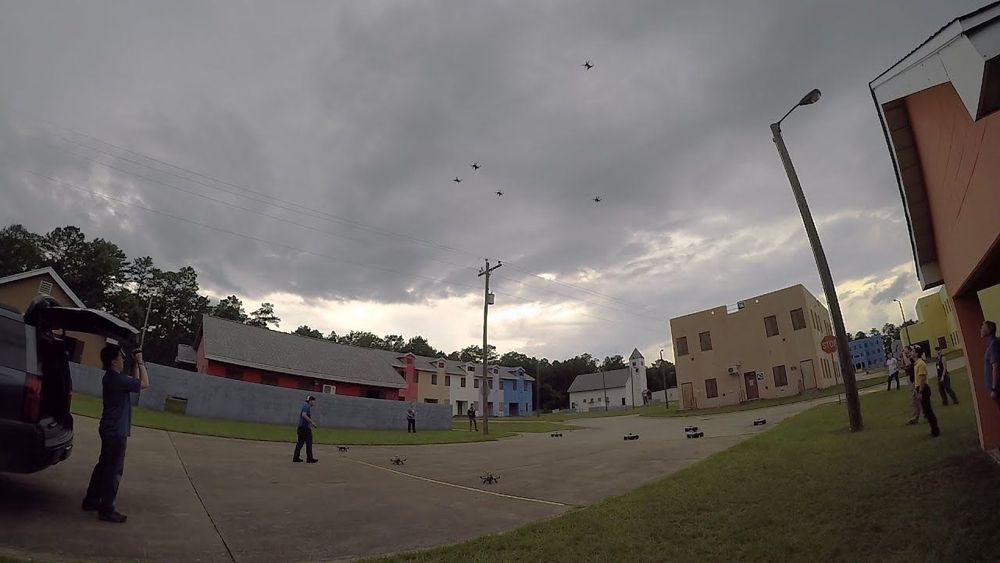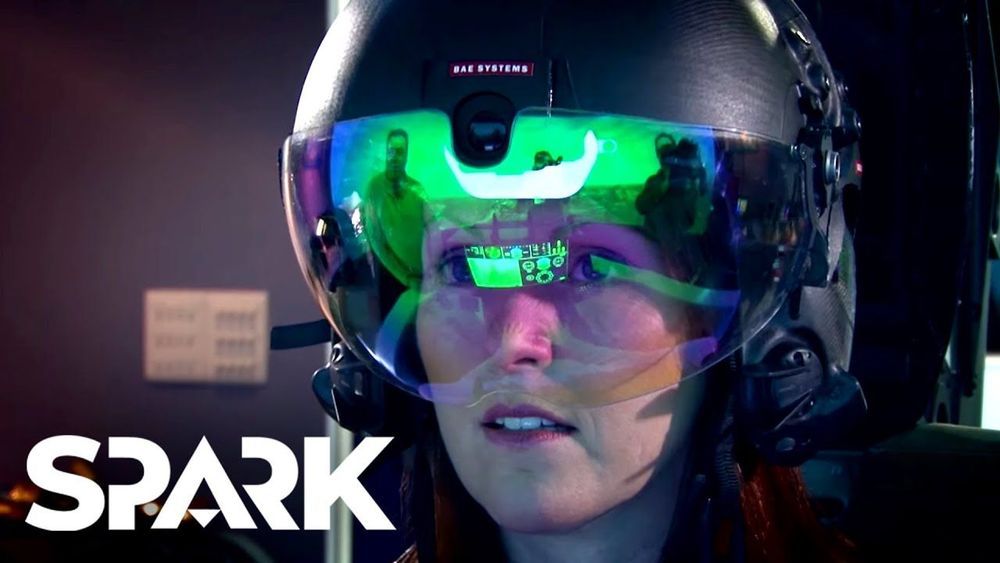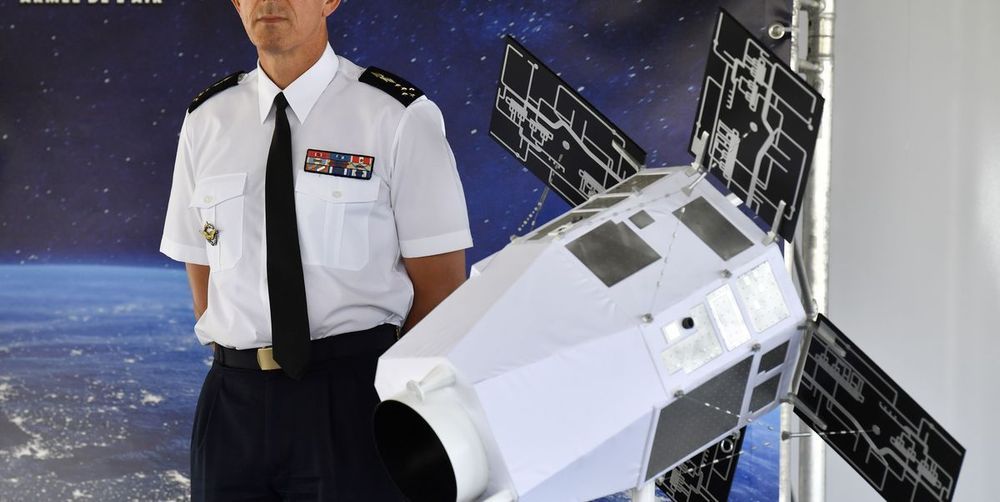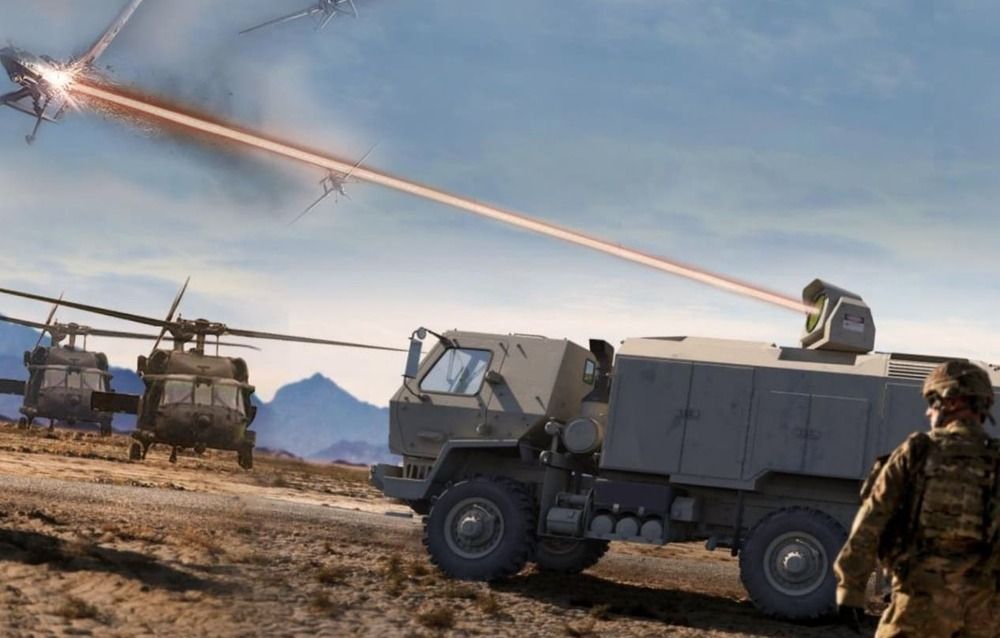The Defense Advanced Research Projects Agency (DARPA) is experimenting with using a swarm of autonomous drones and ground robots to assist with military missions. In a video of a recent test, DARPA showed how its robots analyzed two city blocks to find, surround, and secure a mock city building.
DARPA conducted its test back in June in Georgia, featuring both drones and ground-based robots. The demonstration was part of DARPA’s OFFensive Swarm-Enabled Tactics (OFFSET) program, which is designed to eventually accompany small infantry units as they work in dense urban environments, and could eventually scale up to 250 drones and ground robots. The test back in June was the second of six planned tests, which DARPA says will increase in complexity as they happen over the next couple of years.








